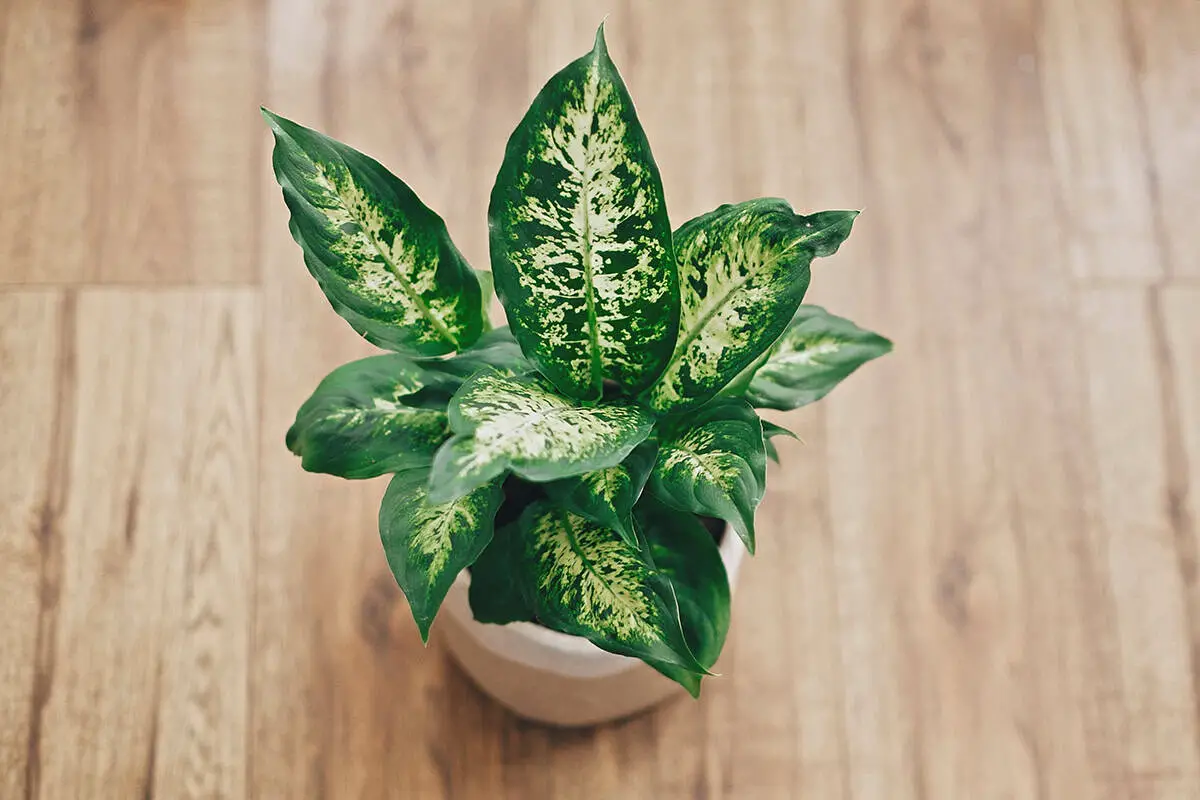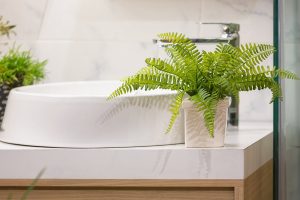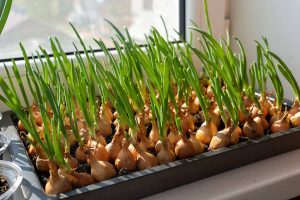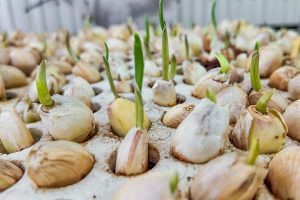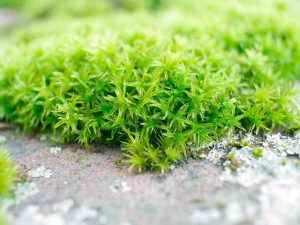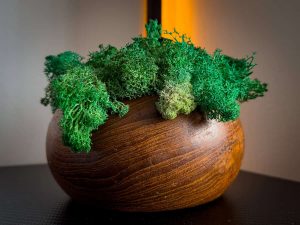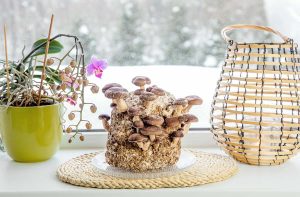You’ve just returned from the garden center with a new Dieffenbachia, but as you start to place it among your other plants, you notice something. Each of your Dieffenbachias looks different. One has large, bold green leaves with white speckles, another sports a softer, cream-colored pattern, and yet another showcases dramatic dark green foliage with light green streaks. This diversity is one of the joys of growing Dieffenbachia, a versatile and attractive houseplant. Here’s a look at the different Dieffenbachia varieties you might encounter.
Table of Contents
- Dieffenbachia ‘Camille’
- Dieffenbachia ‘Tropic Snow’
- Dieffenbachia ‘Compacta’
- Dieffenbachia ‘Tropic Marianne’
- Dieffenbachia ‘Amoena’
- Dieffenbachia ‘Delilah’
- Dieffenbachia ‘Carina’
- Dieffenbachia ‘Rudolph Roehrs’
- Dieffenbachia ‘Sparkles’
- Dieffenbachia ‘Star Bright’
- Dieffenbachia ‘Panther’
- Dieffenbachia ‘Snow’
- Dieffenbachia ‘Honeydew’
- Dieffenbachia ‘Exotica’
- Dieffenbachia ‘Sarah’
- Dieffenbachia ‘Rebecca’
- Dieffenbachia ‘Green Magic’
- Dieffenbachia ‘Sterling’
- Dieffenbachia ‘Seguine’
- Dieffenbachia ‘Vesuvius’
Dieffenbachia ‘Camille’
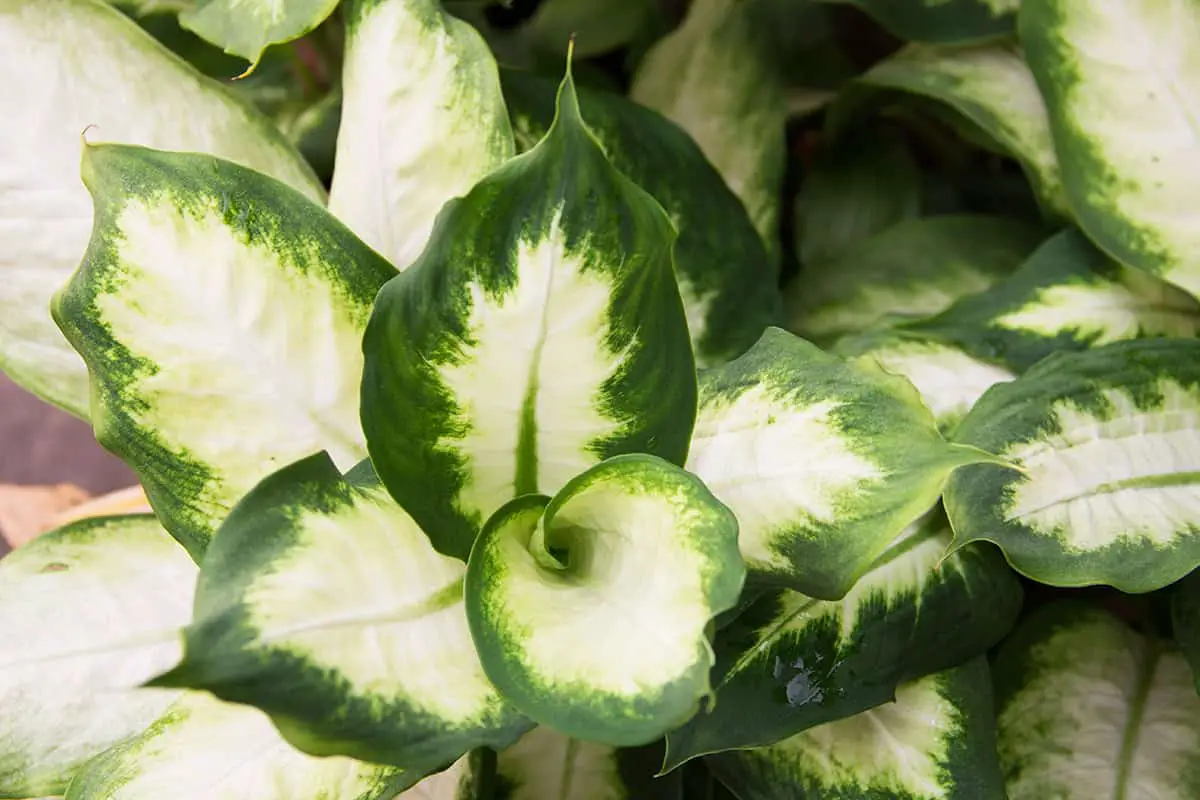
Dieffenbachia ‘Camille’ catches your eye with its large, elegant leaves. If you admire tropical foliage, this plant makes an impressive addition to your indoor garden. Each leaf showcases a blend of white and green, providing a refreshing splash of color to any space.
Your care for ‘Camille’ includes finding a well-lit spot without direct sunlight. This will encourage the best color and growth. Keep the soil moderately moist, but be cautious not to overwater. Understanding its environment helps ‘Camille’ thrive.
If you notice the lower leaves falling, don’t worry. This is natural as ‘Camille’ matures. You can support new growth by cutting back long, leafless stems. Pruning promotes a fuller, more attractive shape.
For those with pets, remember that ‘Camille’ contains sap that is toxic when ingested. It’s best to place the plant out of reach. This ensures a safe and harmonious environment for everyone in your home.
Dieffenbachia ‘Tropic Snow’
Dieffenbachia ‘Tropic Snow’ is a popular indoor plant known for its stunning foliage. You get large, oblong leaves with a mix of green and creamy white. The variegation patterns can enhance any room’s aesthetic.
When you care for this plant, make sure to provide it with indirect light and high humidity. Your Dieffenbachia ‘Tropic Snow’ prefers loose, fertile soil rich in organic matter. Water thoroughly, but let the top inch of soil dry out to prevent root rot.
You may notice the lower leaves dropping as the plant matures. This is to reveal a trunk-like stem giving it a tree-like appearance. If it gets too leggy, just cut back the stems to promote new growth.
For propagation, you can rely on the division of the plant or stem cuttings. It allows you to multiply your collection or share it with friends. You should note that the sap can cause mouth swelling, so be careful when handling it.
Dieffenbachia ‘Compacta’
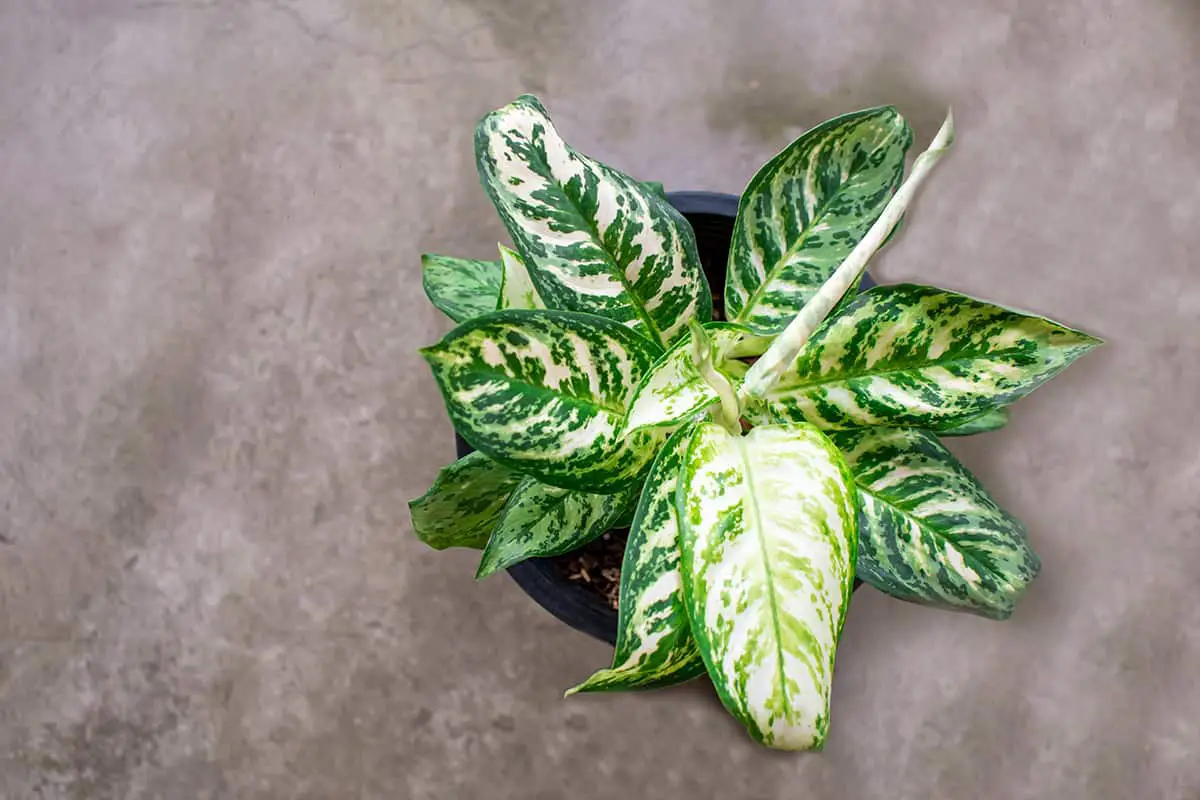
Dieffenbachia ‘Compacta’ is a distinctive houseplant you might love for its lush foliage. This variety is known for cream-colored leaves. These are mottled with green, creating a bright contrast. It grows more compactly than other Dieffenbachia species, making it suitable for smaller spaces.
Your Dieffenbachia ‘Compacta’ prefers indirect sunlight. Direct rays can burn its leaves. Ensure the soil around your ‘Compacta’ remains moderately moist. Overwatering, however, leads to root and stem rot. Only water when the soil surface feels dry.
If your ‘Compacta’ becomes too tall or leggy, it’s easy to propagate. Simply cut the top off and root it in water or sand. This approach revitalizes the plant and extends its life.
Dieffenbachia ‘Tropic Marianne’
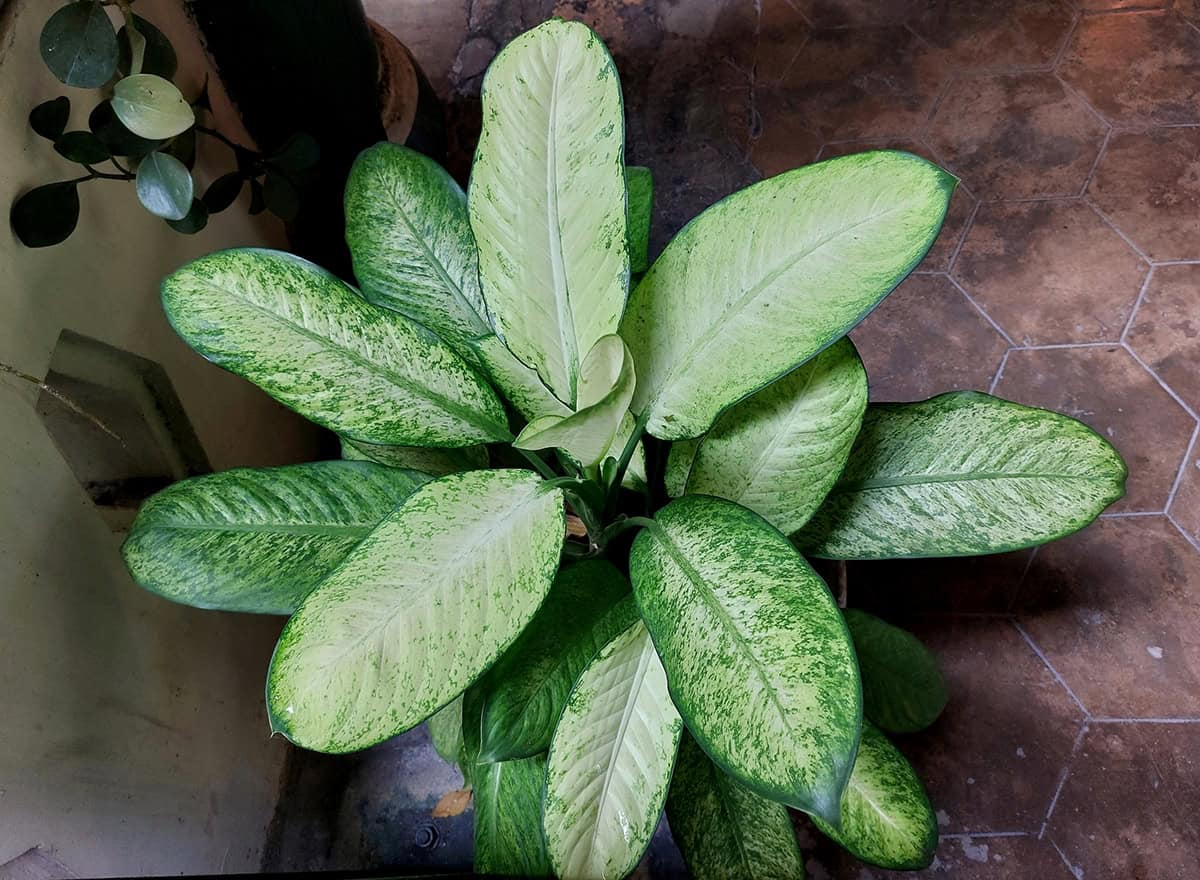
Dieffenbachia ‘Tropic Marianne’ is a variety you might choose for its striking foliage. Its leaves display a vibrant contrast of green edges and a creamy white center. This variety thrives in medium, indirect light.
Place your ‘Tropic Marianne’ in a spot where it gets indirect sunlight. Too much direct light can scorch the leaves, while too little can cause them to lose their vivid patterning.
Keep the soil of your ‘Tropic Marianne’ moist but not waterlogged. Overwatering can lead to root rot, so ensure proper drainage. Water when the top inch of soil feels dry to the touch.
This plant prefers warm and humid conditions, similar to its native tropical environment. Aim to maintain a room temperature between 65 and 75 degrees Fahrenheit. If your home is dry, consider using a humidifier to increase the moisture in the air.
Clean the leaves regularly to prevent dust build-up, which can hinder growth. Also, avoid letting the sap come into contact with your skin or mouth, as it is irritating and can cause swelling. Keep it out of reach of pets and children.
Dieffenbachia ‘Amoena’
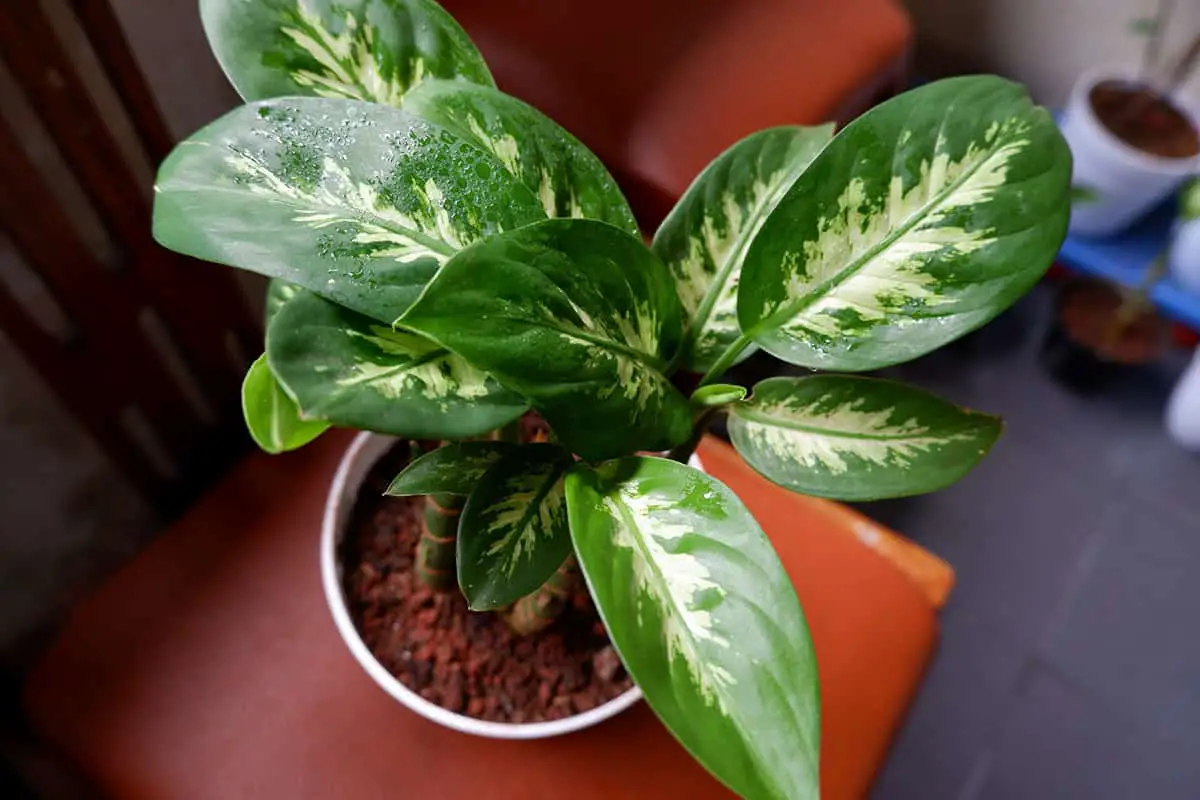
Dieffenbachia ‘Amoena’, often known as the Leopard Lily, is your ideal indoor plant for a touch of the tropics. This variety flaunts large, broad leaves that demand attention with their striking pattern. You’ll appreciate the leaf’s green canvas spotted with creamy white splotches.
When caring for your Dieffenbachia ‘Amoena’, keep in mind that it thrives in indirect light and relishes a humid environment. This makes it well-suited for your home or office. To ensure its best health, let the top inch of soil dry out before you water it again.
As a testament to its adaptability, propagation is a breeze through division or stem cuttings. Dieffenbachia ‘Amoena’ is not only eye-catching but also a practical choice if you’re wanting to expand your green family.
Be mindful that while the Dieffenbachia ‘Amoena’ is a stunning addition to your interior, it comes with a caution. The plant’s sap contains compounds that can irritate if they come into contact with your skin or eyes. Always handle your plant with care and wash your hands afterward.
Dieffenbachia ‘Delilah’
Dieffenbachia ‘Delilah’ is a striking variety of the popular houseplant. It sports large, lush leaves that brighten any indoor space. With its distinctive foliage, ‘Delilah’ adds a tropical touch to your home. Taking care of this plant is straightforward, making it perfect for both seasoned gardeners and beginners.
Your ‘Delilah’ thrives in medium to bright, indirect light. Avoid direct sunlight, as it can scorch the leaves. Water ‘Delilah’ when the top inch of soil feels dry to the touch. Overwatering can lead to root rot, so ensure the pot has proper drainage. The plant prefers humid conditions but adapts to average home humidity levels.
Regular feeding will keep your ‘Delilah’ healthy. Use a balanced, water-soluble fertilizer every four to six weeks during the growing season. Wipe the leaves with a damp cloth periodically to remove dust. This helps the plant absorb more light and stay attractive.
Toxic if ingested, keep Dieffenbachia ‘Delilah’ out of reach of children and pets. Its sap can cause irritation or swelling in the mouth and throat. Handle with care when pruning or repotting, and wear gloves to prevent skin contact with the sap.
Dieffenbachia ‘Carina’
The Dieffenbachia ‘Carina’ is a striking houseplant you’ll appreciate for its foliage. This variety features bold leaves with a blend of green and creamy white patterns. Its foliage has thick leaves that thrive in well-lit conditions away from direct sunlight.
You should water your Dieffenbachia ‘Carina’ when the top inch of soil feels dry. Too much water can lead to root rot, so make sure pots have drainage holes. It requires consistent warmth with temperatures between 60-75°F (15-24°C). Avoid placing it in drafts or near heating vents.
Dieffenbachia ‘Carina’ grows to a manageable size, which makes it ideal for indoor spaces. Trim back any yellow leaves to maintain its appearance and promote new growth. It’s important to note that the plant’s sap is toxic if ingested, so keep it away from pets and children.
Feeding your ‘Carina’ with a balanced, water-soluble fertilizer every month during the growing season will promote its health. In the winter months, feeding is reduced as the plant’s growth slows down.
Dieffenbachia ‘Rudolph Roehrs’
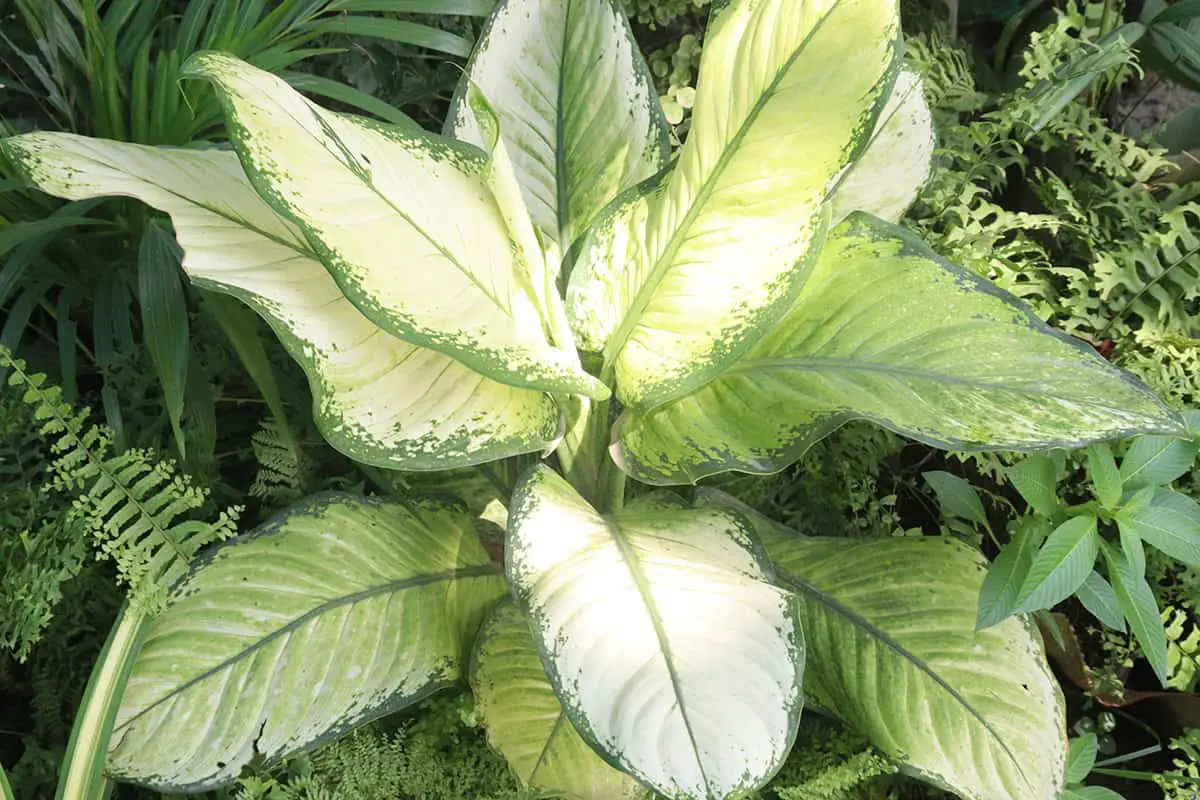
Dieffenbachia ‘Rudolph Roehrs’ brightens your indoor space with dramatic foliage. The leaves exhibit a lovely pattern of green margins and yellowish centers. Your ‘Rudolph Roehrs’, like most dieffenbachias, thrives in medium light and needs moderate temperatures. It’s important to keep the soil moderately moist.
Caring for this plant is manageable. Make sure to water it once the potting medium’s surface feels dry. During the active growing season, feed it with a balanced fertilizer every four to six weeks. Avoid overwatering to prevent root rot.
Your ‘Rudolph Roehrs’ may grow large, so provide ample space. It can become an impressive focal point in your room. Remember, it’s not pet-friendly, so keep it away from curious animals and small children. Dieffenbachia sap can be irritating.
If the plant grows too tall, you can prune it to encourage a bushier growth. This vibrant houseplant complements other indoor greenery and purifies your home’s air.
Dieffenbachia ‘Sparkles’
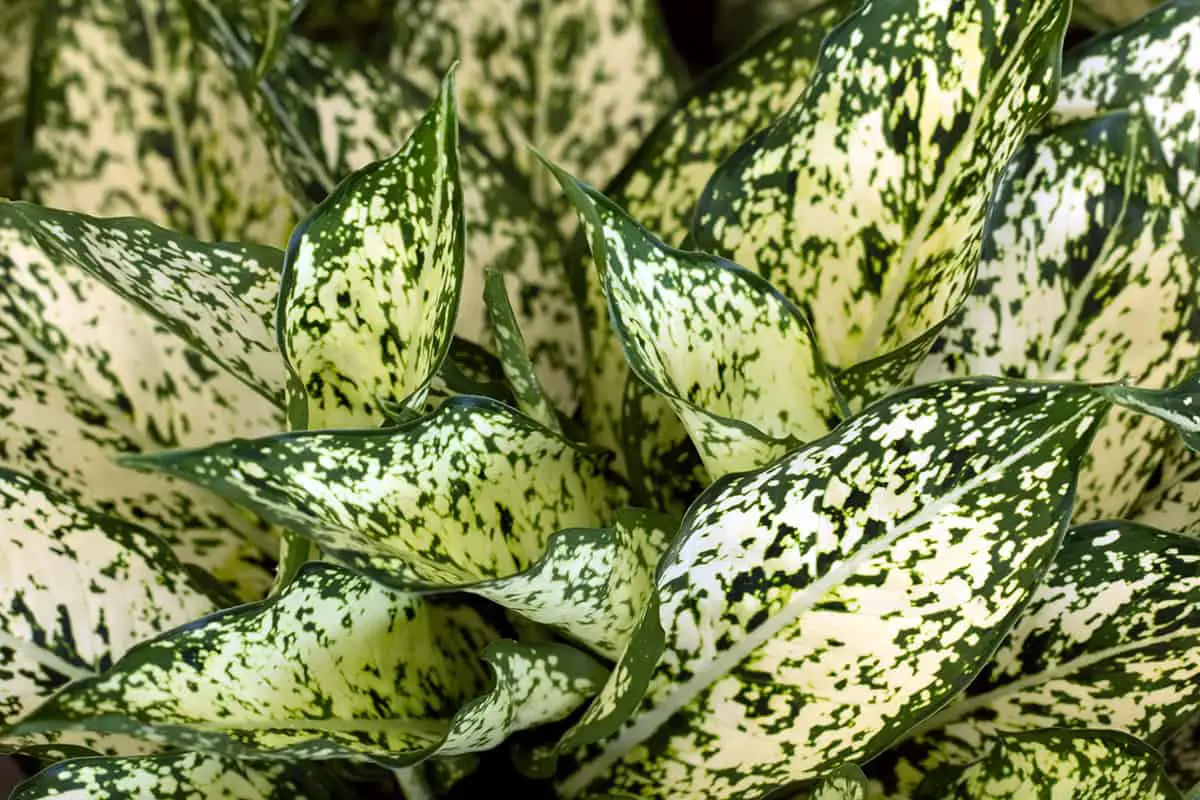
Dieffenbachia ‘Sparkles’ is a cultivar recognized for its distinctive foliage. You will notice its leaf size averages 20-22 cm in length and 9-10 cm in width. The leaves feature a light green background with random splotches of deep green.
This Florida Foliage Plant displays green-white petioles that have wide wings at the base. Learn about ‘Sparkles’ suggests that this unique feature gives the appearance of a ribbed stem. The plant is a result of extensive breeding involving multiple generations and 20 different parent plants. Its development occurred at the University of Florida, indicating the significant investment in creating this ornamental houseplant.
Your Dieffenbachia ‘Sparkles’ will thrive best in indoor environments that mimic its tropical origins. It is easy to grow as a houseplant and was popular since the Victorian era. Its care involves typical houseplant maintenance routines.
When handling your Dieffenbachia ‘Sparkles’, exercise caution due to the sap it contains. The common name “dumb cane” originates from the sap’s potential to cause oral swelling. Despite this, it remains a popular choice for its vibrant and patterned foliage that enhances interior spaces with a tropical touch.
Dieffenbachia ‘Star Bright’
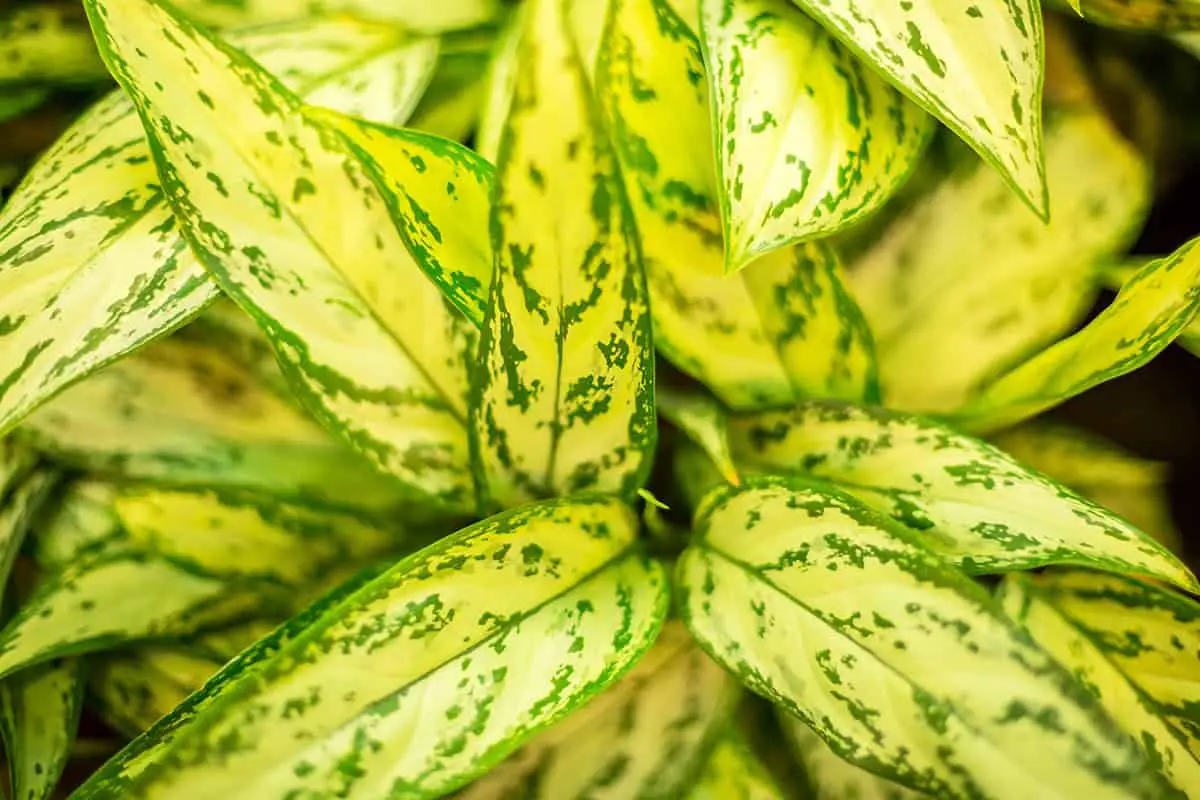
Dieffenbachia ‘Star Bright’ is a vibrant cultivar with stunning foliage, suitable for adding tropical flair to your space. It features large leaves that boast a mix of white and green shades. You find the ‘Star Bright’ variety quite easy to care for, as it thrives in average humidity and favors indirect light conditions.
This particular hybrid originated from a breeding program that started back in 1976, encompassing several generations. The efforts have resulted in ‘Star Bright’—a uniquely patterned Dieffenbachia. You can identify this hybrid by its robust growth and the distinctive, creamy splotches that adorn its broad leaves.
Proper watering ensures the health of your ‘Star Bright’. Overwatering or under-watering can lead to issues like yellowing leaves or root rot. Consistent moisture is key, along with well-draining soil to prevent water from stagnating. Remember to keep your plant away from direct sunlight, which can scorch the leaves.
This Dieffenbachia stands out, not only for its attractive appearance but also for its ease of cultivation. Whether you’re an experienced plant enthusiast or new to houseplants, ‘Star Bright’ can be a fulfilling addition to your indoor garden. Just be mindful of its sap, which contains compounds that may irritate the skin or cause discomfort if ingested. Always handle your ‘Star Bright’ with care, particularly around pets and children.
Dieffenbachia ‘Panther’
Dieffenbachia ‘Panther’ stands out for its deep green foliage. The leaves are marked with lighter green spots. This variety thrives in medium light.
Your ‘Panther’ plant prefers well-drained soil. Water it when the topsoil feels dry. This ensures a balanced moisture level for healthy roots.
Expect a moderate growth rate with ‘Panther’. It can reach up to 2 feet in height. Its bold leaves bring an exotic touch to your home.
To care for your Dieffenbachia ‘Panther’, keep it away from direct sun. This prevents leaf burn and maintains its lush appearance.
Dieffenbachia ‘Snow’
Dieffenbachia ‘Snow’ is a striking houseplant you’ll love for its variegated leaves. Its foliage carries broad green borders and a pattern of creamy white in the center. This variety brightens any indoor space and thrives with minimal care.
To keep your ‘Snow’ healthy, provide bright, indirect light. Water it when the top inch of soil feels dry. Overwatering can harm the plant, so be cautious. It prefers high humidity environments, akin to its tropical origins.
Remember, Dieffenbachia ‘Snow’ can grow quite large. You might need to repot it every couple of years. Its growth can reach up to 5 feet tall, providing a lush, vertical accent.
Handle ‘Snow’ with care; its sap can irritate skin and mucous membranes. Always wash your hands after any contact. This feature makes the houseplant less suitable around pets and children.
Dieffenbachia ‘Honeydew’
The Dieffenbachia ‘Honeydew’ is a vibrant houseplant known for its large leaves and patterned foliage. You’ll appreciate its lush green leaves marbled with creamy yellow splotches. It’s a cultivar praised for its tolerance to indoor conditions and adds a tropical feel to your space.
Caring for your Dieffenbachia ‘Honeydew’ involves providing bright, filtered light. This ensures the leaves maintain their unique variegation. Be mindful of the water needs—it prefers evenly moist soil but will not tolerate sitting in water.
This variety can reach heights of up to 5 feet indoors, and with proper care, it may even surprise you with a growth spurt. If you notice the lower leaves yellowing, remove them to keep your Dieffenbachia ‘Honeydew’ looking pristine.
Keep in mind that Dieffenbachia ‘Honeydew’ has sap that can cause irritation if ingested. It’s best to keep this plant away from curious pets and children.
Dieffenbachia ‘Exotica’
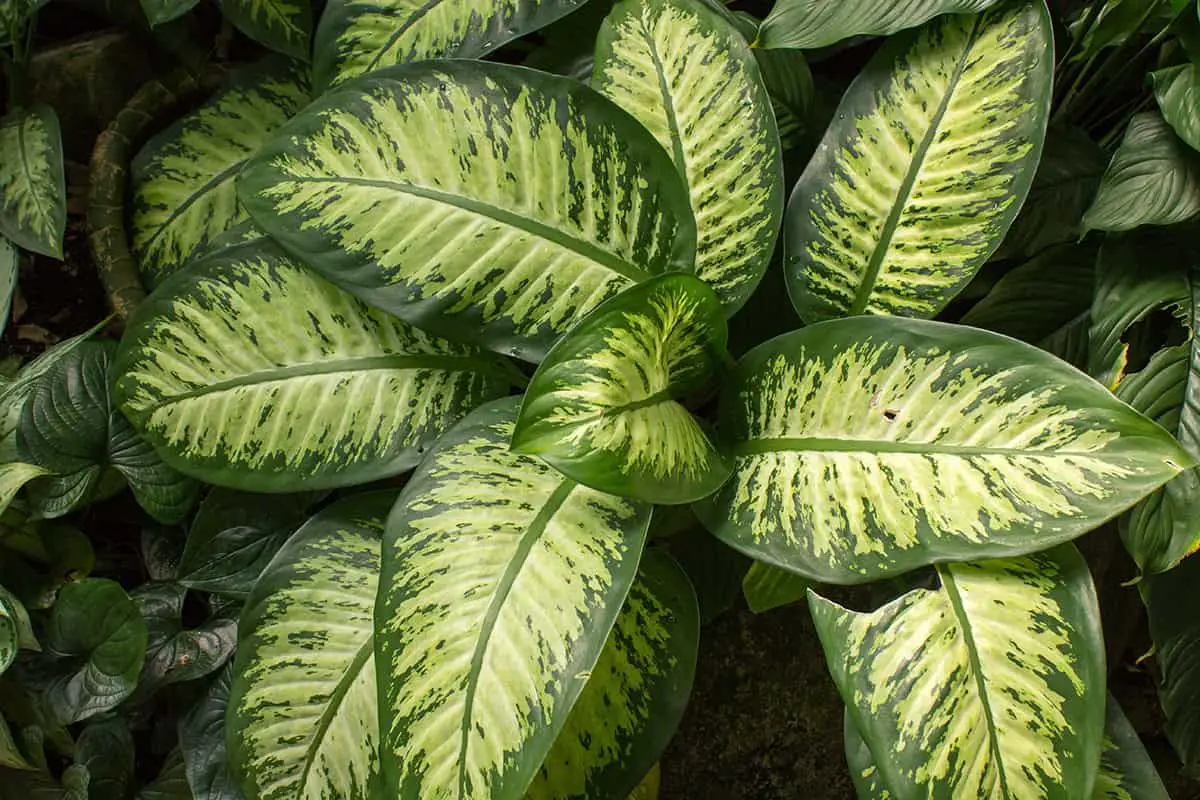
Dieffenbachia ‘Exotica’ stands out with its broad leaves. You’ll notice cream or yellow dots and stripes set against dark green. These leaves can grow quite large, reaching up to 20 inches in length. It’s a tropical plant that enhances your indoor space.
Your Dieffenbachia ‘Exotica’ prefers a certain environment. It thrives in bright, filtered light but not in direct sunlight. This care ensures vibrant leaf coloration. Make sure the soil remains moderately moist, an important factor for your plant’s growth.
Beware of common issues such as mealybugs and aphids. These pests suck plant juices, leaving a sticky residue called honeydew. Your ‘Exotica’ may suffer from these if not checked. Maintain plant health with proper fertilization during the active growing season.
This variety is notable for its foliage and size. If you give ‘Exotica’ ideal conditions, you can watch it become a stunning indoor feature. Remember to handle it with care, as its sap can cause irritation.
Dieffenbachia ‘Sarah’
Dieffenbachia ‘Sarah’ is a captivating houseplant that stands out in any indoor setting. Its leaves display a mix of green and cream hues that brighten your space. In proper conditions, it can grow quite well. You need to provide it with medium light levels and guard against overwatering.
When caring for your Dieffenbachia ‘Sarah’, ensure moderate indoor temperatures. Too hot or too cold can stress the plant. Keep the soil moist, but allow it to dry out slightly between waterings. Overly wet soil can harm its roots.
This plant can reach a significant size, so plan for adequate space. As it matures, ‘Sarah’ may shed its lower leaves. This reveals an attractive, cane-like stem. You may prune it back to manage growth or propagate new plants.
Remember, Dieffenbachia ‘Sarah’ is toxic if ingested. It’s best to keep it away from pets and children. Contact with its sap can cause mouth swelling, so handle it with care.
Dieffenbachia ‘Rebecca’
Dieffenbachia ‘Rebecca’ is a distinct variety of the well-known dieffenbachia plants. It boasts a blend of green, yellow, and white on its leaves. The colors are vivid and add an exotic touch to your indoor space.
Your care for Dieffenbachia ‘Rebecca’ should include placing it in medium light. Avoid direct sunlight to prevent leaf burn. The plant prefers moderate indoor temperatures, typical of most homes.
When watering Dieffenbachia ‘Rebecca,’ allow the soil surface to dry between waterings. Over-watering can cause root rot, so pay attention to the plant’s moisture level.
Keep in mind, Dieffenbachia ‘Rebecca’ has toxic sap. It can be harmful if ingested by pets or children. Always handle the plant with care and wash your hands after contact.
Dieffenbachia ‘Green Magic’
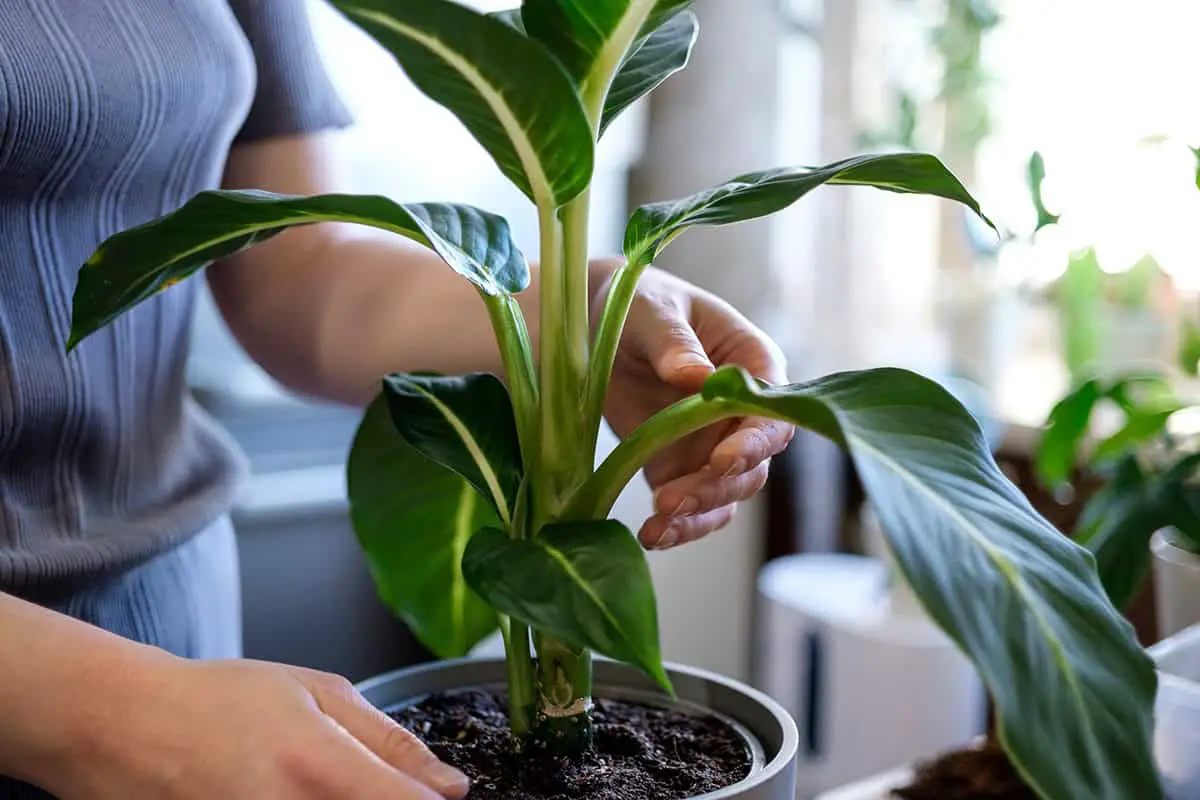
Dieffenbachia ‘Green Magic’ adds a touch of the tropics to your indoor spaces. With its large, lush green leaves, it brings vibrancy into your home. You’ll notice the leaves are deep green with lighter green borders, creating a striking contrast. This variety thrives in medium to bright, indirect light.
Ensure the soil for the plant stays moist but not waterlogged. This plant prefers higher humidity, making it ideal for bathrooms or kitchens if light conditions are met. It’s crucial to avoid cold drafts or sudden temperature changes to keep it healthy.
For optimal growth, provide your Dieffenbachia ‘Green Magic’ with a balanced liquid fertilizer during the growing season. Over-fertilization can cause harm, so it’s best to fertilize every 4-6 weeks. Prune the leaves occasionally to maintain its shape and encourage new growth.
Keep in mind that Dieffenbachia ‘Green Magic’ contains sap that can irritate the skin and is toxic if ingested. Always wash your hands after handling the plant, and place it out of reach of pets and children.
Dieffenbachia ‘Sterling’
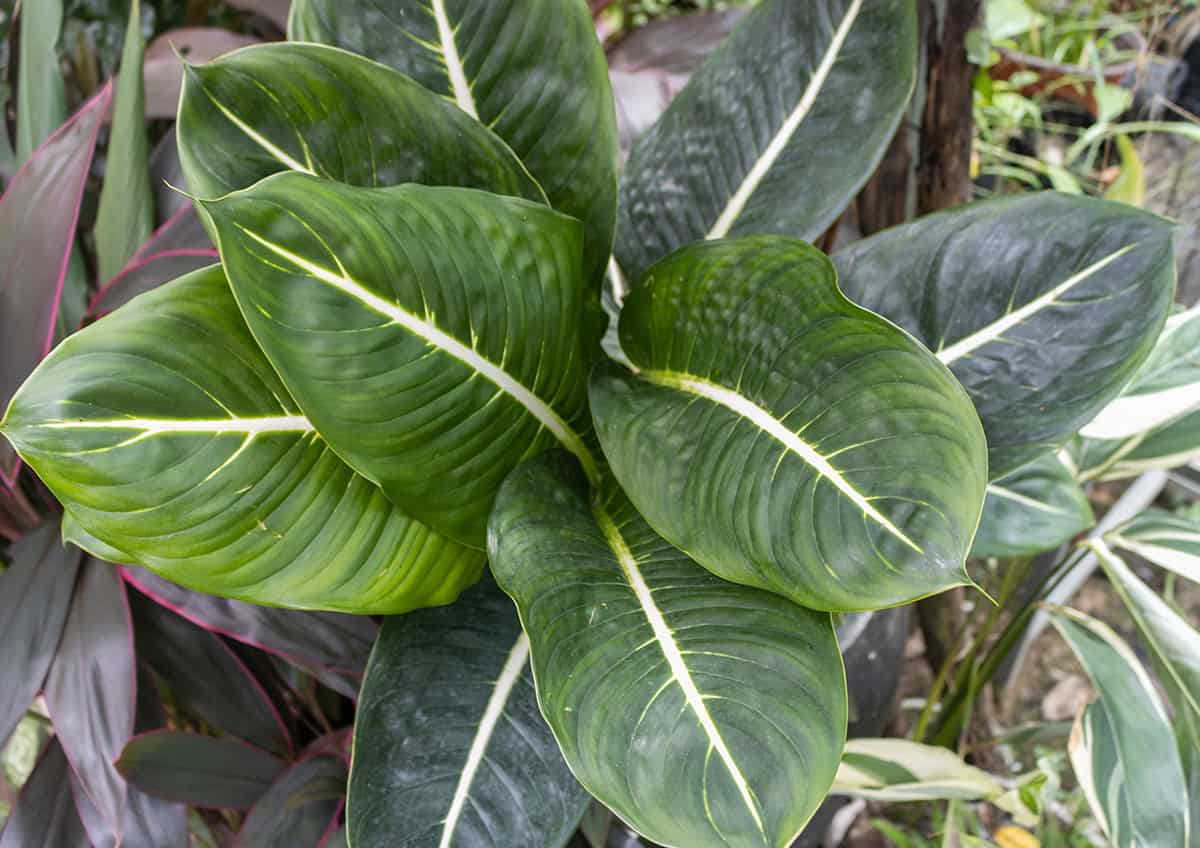
Dieffenbachia ‘Sterling’ is a distinctive houseplant. It stands out with its large, glossy leaves. You’ll notice the leaves have a mix of green and silvery-white patterns. This makes the variety appealing for indoor decor.
Your ‘Sterling’ can reach up to two feet tall. It has a robust and upright growth habit. This plant thrives in medium to bright, indirect light. But it can tolerate lower light conditions.
Watering your ‘Sterling’ is straightforward. Keep the soil evenly moist but not soggy. Overwatering or underwatering can lead to leaf drop. Regular watering promotes healthy growth.
This variety, like other dieffenbachias, contains calcium oxalate crystals. These can cause irritation if ingested. So, It’s wise to keep it away from pets and children. When handling, use caution to avoid contact with the sap.
Dieffenbachia ‘Seguine’
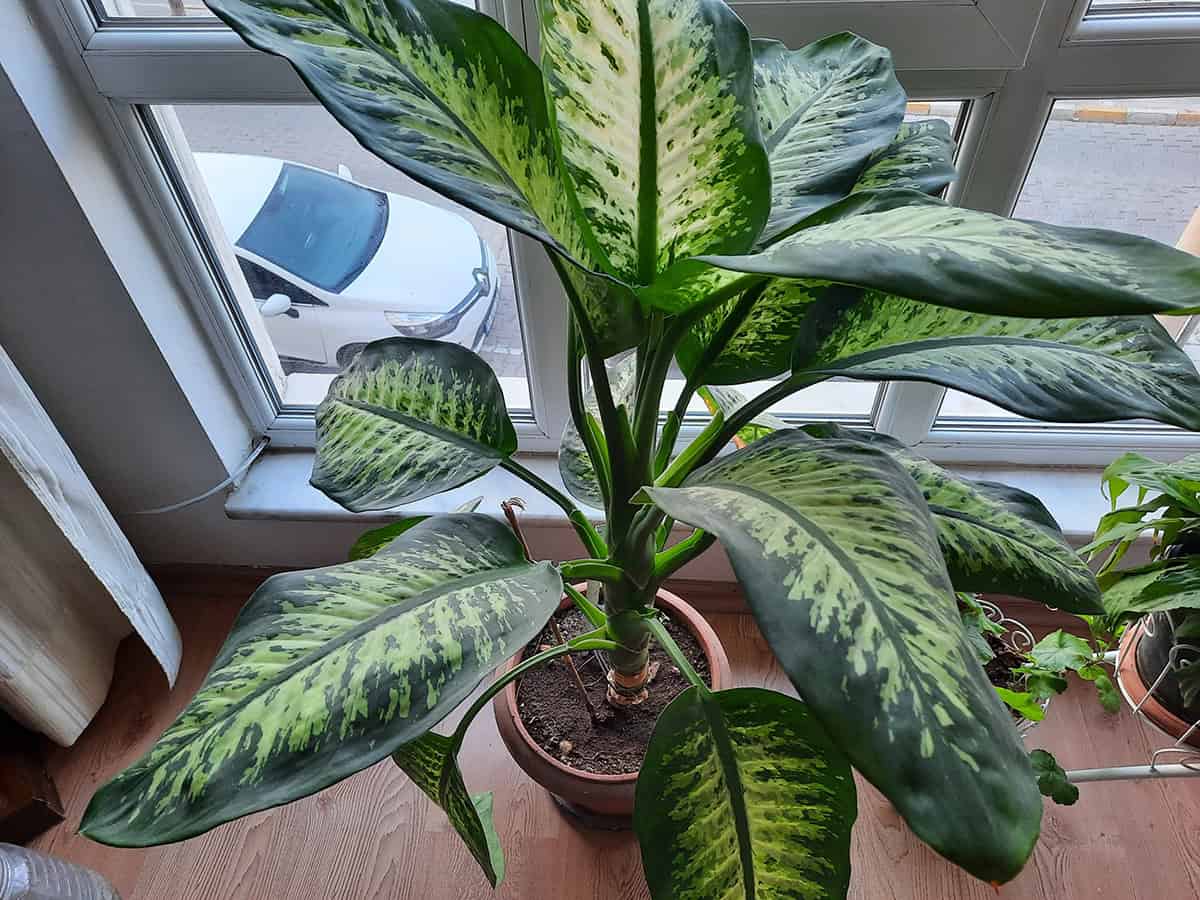
Dieffenbachia ‘Seguine’, commonly referred to as Dieffenbachia, is admired for its attractive leaves. You can identify this houseplant by its large, lush leaves that exhibit a variety of green shades. Each leaf proudly displays unique patterns of spots, stripes, and veins, contributing to its visual appeal.
Dieffenbachia ‘Seguine’ thrives in medium light and prefers indoor environments with moderate temperatures. When caring for this plant, you’ll need to water it only when the soil’s surface feels dry. Remember, the plant’s sap contains compounds that may cause mouth swelling if ingested; therefore, keep it away from pets and children.
As your Dieffenbachia ‘Seguine’ grows, the lower leaves will naturally fall, revealing a trunk-like stem. It adds to the aesthetic by providing an exotic touch to your space. Should the stem grow long and bare, don’t worry. You can rejuvenate your plant with a simple pruning process.
Dieffenbachia ‘Vesuvius’
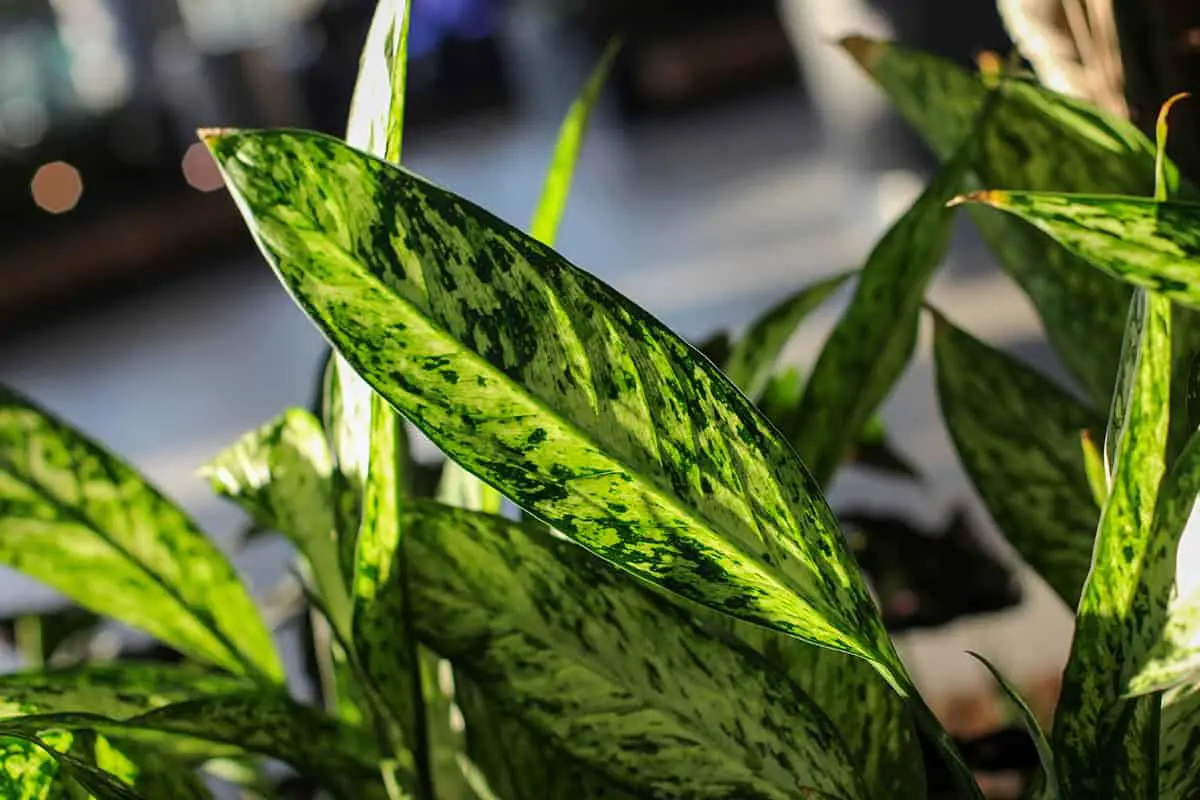
Dieffenbachia ‘Vesuvius’ is a vibrant variety of the Dieffenbachia plant. Its large leaves boast a mix of green shades. You’ll notice the dark green edges and lighter green centers. This contrast makes them stand out in any indoor setting.
Your Dieffenbachia ‘Vesuvius’ will thrive with medium light. It prefers consistency in watering. Wait for the soil to dry before you water again. Take care not to overwater, as this can harm the plant.
This variety has a strong, upright growth habit. It can reach up to several feet in height indoors. To maintain its appearance, remove any yellowing lower leaves. This encourages new growth and keeps your plant looking fresh.
Dieffenbachia ‘Vesuvius’ contains sap that can be irritating. Always wash your hands after handling. Keep the plant out of reach of pets and children, as the sap can cause mouth swelling if ingested.
